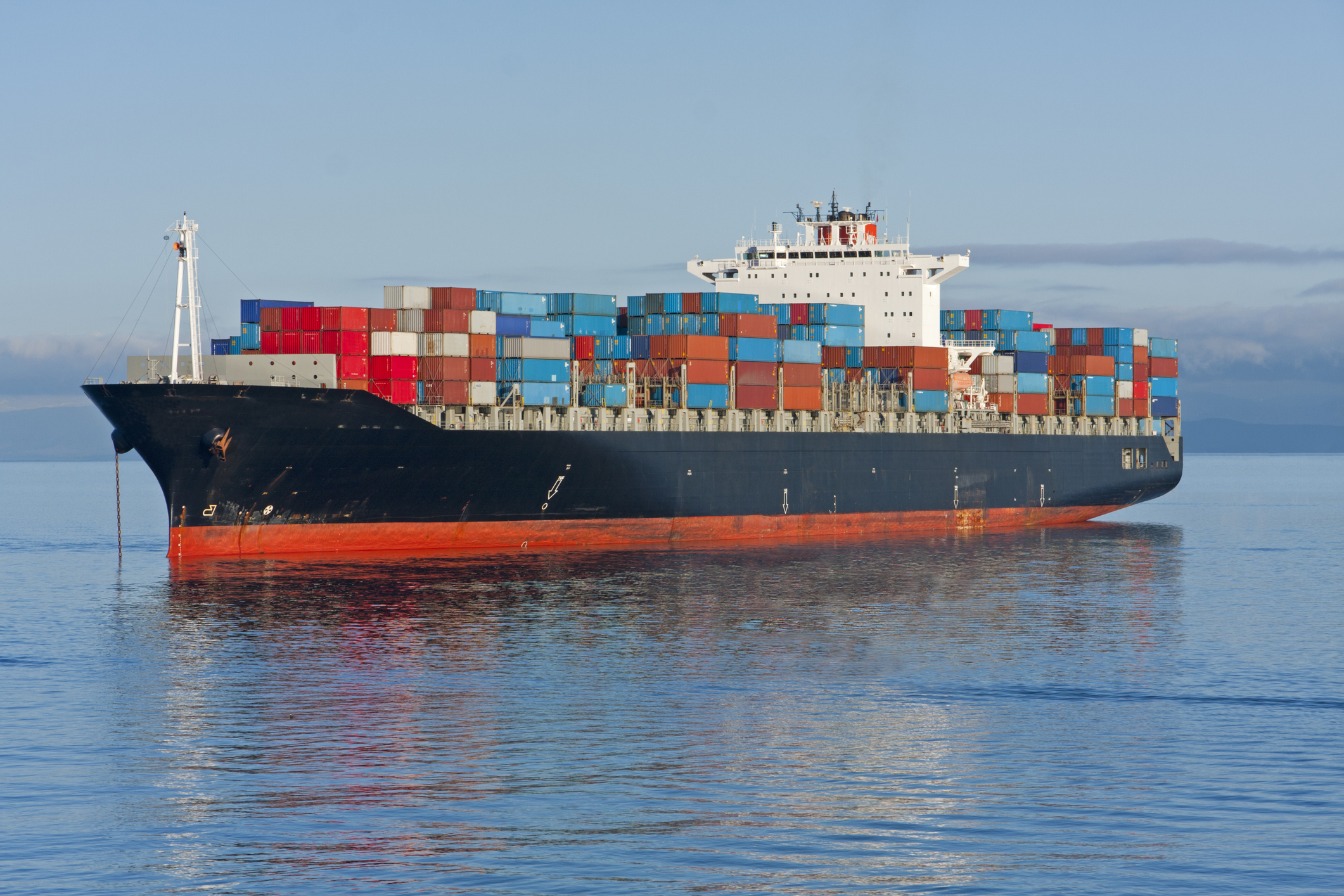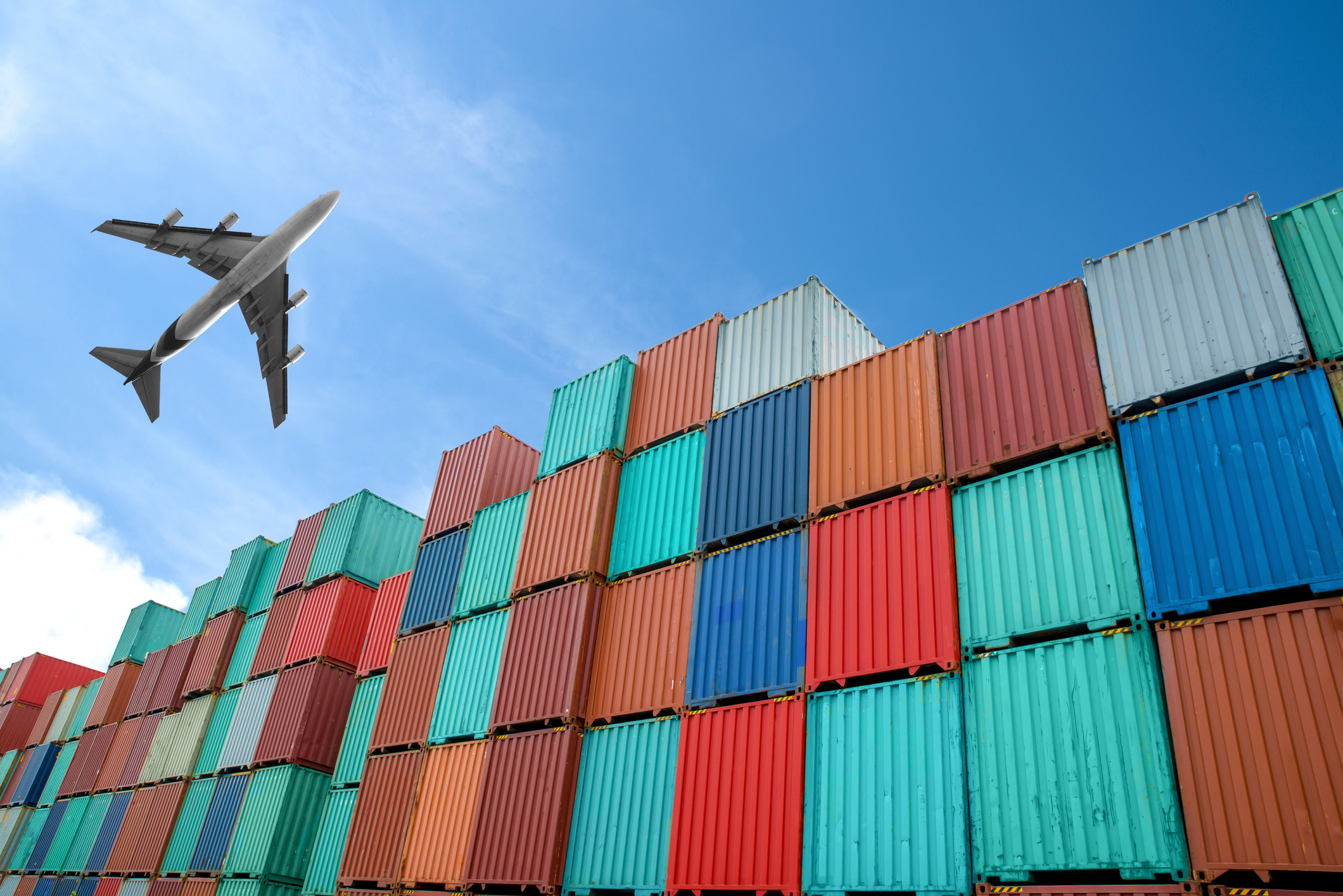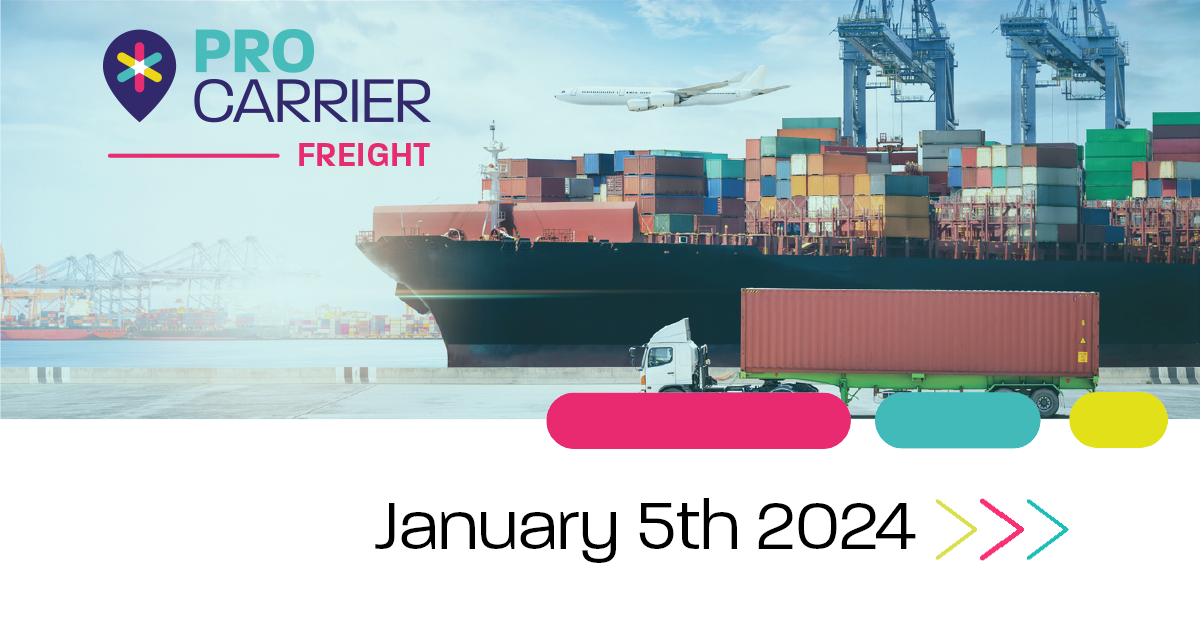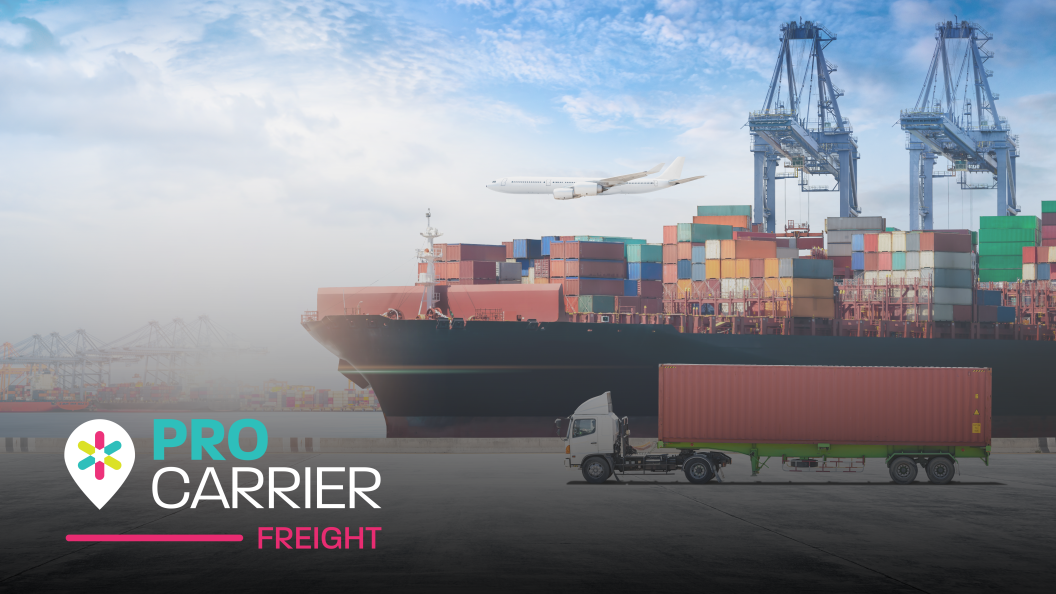Table of contents
Topic of the week:
Happy New Year and welcome to the new Pro Carrier Freight Market Update! After an unfortunate end to 2023 the beginning of 2024 is still reeling from the effects of the Houthi attacks that have caused chaos in supply chains and forced carriers to divert vessels, adding delays to shipments already on the water and those booked for the start of the new year. Initially container lines had paused shipments after the first missile attacks on vessels passing through the Suez Canal, a major route for ocean container shipments and vessels. Carriers then opted to re-route vessels around the Cape of Good Hope, which has costed more time and money on these shipments. This has meant that there has been limited space for future shipments causing increased demand and a spike in rates, as well as delays for shipments already on the water and those that may have been booked in for the following weeks.
Vessels have also been switching off their AIS transponders in an attempt to hide their movements from the Houthi. Whilst this conceals AIS data from the Houthi militants and decreases the risk of attack, this also increases the risk of accidents from groundings to fires as well as limiting vessel tracking. The AIS system plays a large role in collision-avoidance so having to navigate the Red Sea route without this system in place does pose risks especially in more difficult weather conditions.
Some carriers are opting to suspend services after more recent attempted attacks on the Maersk Hangzhou. US Naval defenses as well as French warships have been on hand to protect vessels from attacks, however this does not seem enough for carriers to confidently resume normal operations. Not only are rates increasing but new contingency and emergency surcharges are being placed onto shipments meaning that if you do not pay these additional charges your freight will not be moved.
This disruption so early on in the new year combined with the expected Chinese New Year demand increase in February has experts wondering whether air or sea-air demand will rocket. Forwarders have reported increasing numbers of air freight enquiries but have not yet experience a surge in bookings.
Metro Shipping stated that air cargo volumes “are likely to increase significantly as shippers transfer cargo away from sea, with rates already rising and a spike very likely ahead of CNY. We anticipated this becoming evident in the next two weeks and we are taking action now to cover capacity and demand.”
Sea:
- Over the last two weeks China/East Asia to North America West Coast spot rates have increased by 5.8% from $1,613 /FEU to $1,613 /FEU according to Freightos data.
- China/East Asia to North America East Coast spot rates have risen over the last two weeks, increasing by 57.5% to $2,525 /FEU.
- Global container spot prices have risen over the last two weeks, and are now sitting at $1,341 /FEU, a 5.6% increase over the last two weeks, and a 85% decrease from spot rates this time in 2022 according to the Freightos Baltic Index (FBX)

Air:
- Global Air Freight spot rates currently sit at $2.66, as rates continue to fluctuate according to the Freightos Air Freight Index (FAX)
- Europe to Northern America spot rates currently sit at $1.84 (100-3000kg), says FAX, decreasing by 14%
- Europe to Central Asia spot rates have increased by 0.5% currently sitting at $2.23 (100-3000kg), says FAX
- Europe to Asia, Greater China spot rates currently sit at $1.31 (100-3000kg), says FAX

That’s all for this week’s update…
Check out our other insights and articles for more in depth industry news and trending topics, or get in contact to discuss some of our best in class freight forwarding services!



